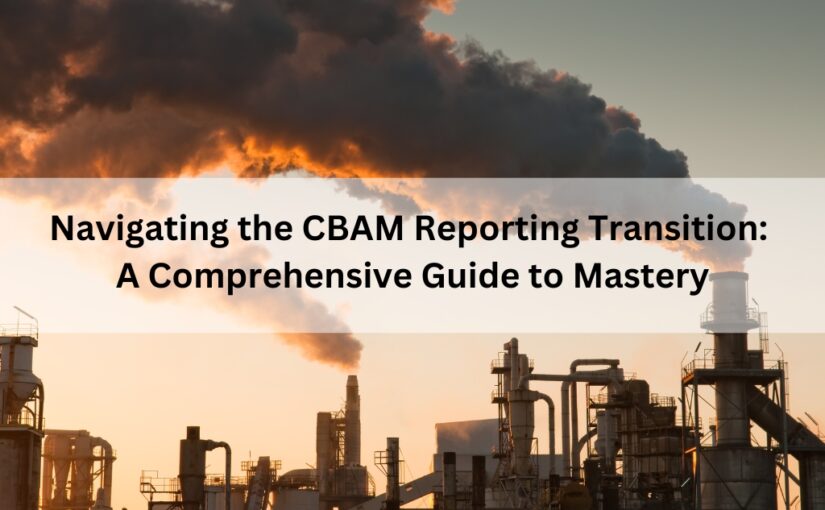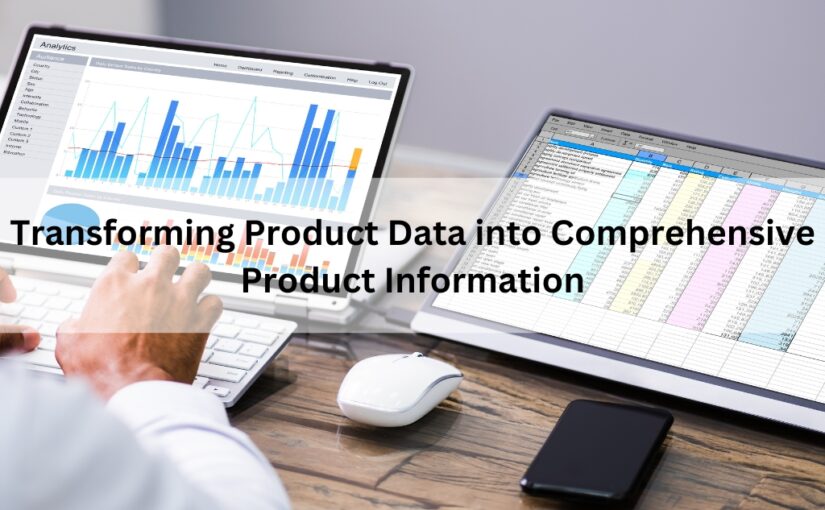The RoHS and WEEE directives – recent developments
Electrical and component engineering companies exporting products to the EU are heavily governed by ROHS/WEEE legislation. As this effects companies located outside of the Union, it is essential to keep up to date with the latest changes, and have an effective master data management scheme that includes obsolescence management tools.
RoHS/WEEE legislation is a complex area, but an essential one for PCB designers and component manufacturers, as it covers areas like tin-lead solders and semiconductor finishes. Both directives are in the process of being revised. It’s important to realize that the laws simply act as a template, and that each European country may have its own specific regulations. These can vary considerably between borders and be changed at any time, so it’s vital you keep stringent, up to date records, especially when dealing with different export destinations.
The US Department of Commerce has a web portal (Buy USA Gov) to assist US engineering companies and component engineering firms exporting EEE (electrical and electronic equipment) to Europe. A valuable resource, it has country-by-country information on RoHS/WEEE implementation, and issues regular news updates.
The latest news concerns revisions to the RoHS directive, which took place on November 24, 2010. A key change was the extension of the directive to cover all electrical and electronic equipment, apart from that covered by exclusions, with a transitional period of 8 years. A 3-year impact assessment plan has been suggested with an 18-month period before the changes become legally binding, but the implications are obvious.
We at Enventure Technologies have a number of enterprise data management solutions in the area of environmental compliance, covering ELV, GADSL, ROHS, WEEE and REACH regulations.










